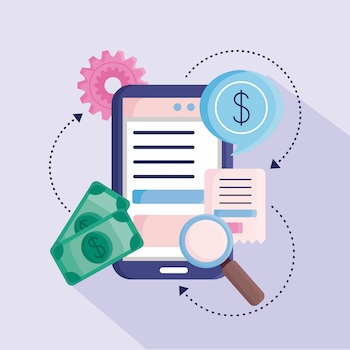
Venmo For Federal Agencies: Digital Inter-Agency Agreements to enable efficient shared services

The opinions expressed in this blog are the author’s and do not represent that of Ginnie Mae.
Shared services can create efficiencies by reducing duplication, maximizing economies of scale, and leveraging proven best-of-breed solutions. The actual back-end mechanics of agency-to-agency purchases requires paperwork, often through an Inter-Agency Agreement (IAA). Examples of IAAs could include FEMA paying HUD for temporary housing after a disaster, or the Department of Labor purchasing technology services from the GSA. Even within the same Department, sub-agencies use IAAs. For instance, within HHS, if the FDA needs specialized research data from the CDC, or if two bureaus within the Department of Energy want to collaborate on a new climate change website, an IAA would likely be needed. Across the government, there are likely thousands of IAAs implemented each year.
IAAs enable proper legal transfer of funds between Treasury accounts. Numerous reviewers ensure that each transfer has adequate budget and proper authority.
I have worked in IT management and acquisition for more than 22 years, and have been involved with several IAAs during my career. IAAs are one of the most burdensome, time-consuming, and frustrating internal government processes, and often take 6 months or longer to process. Required forms are more than 20 pages long and written in bureaucratic legalese. Typically, IAA forms are circulated via email to 10-15 approvers, making for a highly inefficient process. The current method also has no version control, meaning that if one approver wants to make an edit, nobody can track the most current version, and the same document can be reviewed multiple times.
Agencies need a better way to rapidly and securely collaborate via IAAs while maintaining proper financial accountability. The Government could develop an innovative digital funds transfer application similar to Venmo, potentially using secure API or Blockchain technology to transform and streamline the IAA process.
Such an application would replace paper forms, use standard data elements, and integrate with Department financial systems. It would have a full audit trail, electronic routing with e-signatures, role-based permissions, and a simple textbox to enter details justifying how the funds will be used.
Imagine reducing IAA processing from 6 months to 1 week! This transformative change would improve the customer experience, eliminate thousands of hours of low-value administrative work, save money, reduce frustration, and accelerate important projects that currently wait months for IAA approvals.
Digital IAAs would enable highly efficient cross-agency collaboration and allow agencies to take advantage of opportunities to save money, such as through enterprise software licensing and other bulk purchases that can hit a brick wall when the time to award an IAA seems not worth the effort. Digital IAAs would also improve multi-agency coordination for emerging national priorities or crises.
Because digital IAA implementation would be a complex endeavor, lean six-sigma business process could enable an engineering approach to develop a pilot with two agencies who currently partner on many IAAs. Once successful, digital IAAs could be iteratively scaled up across the government.
Image by gstudioimagen1 on Freepik



